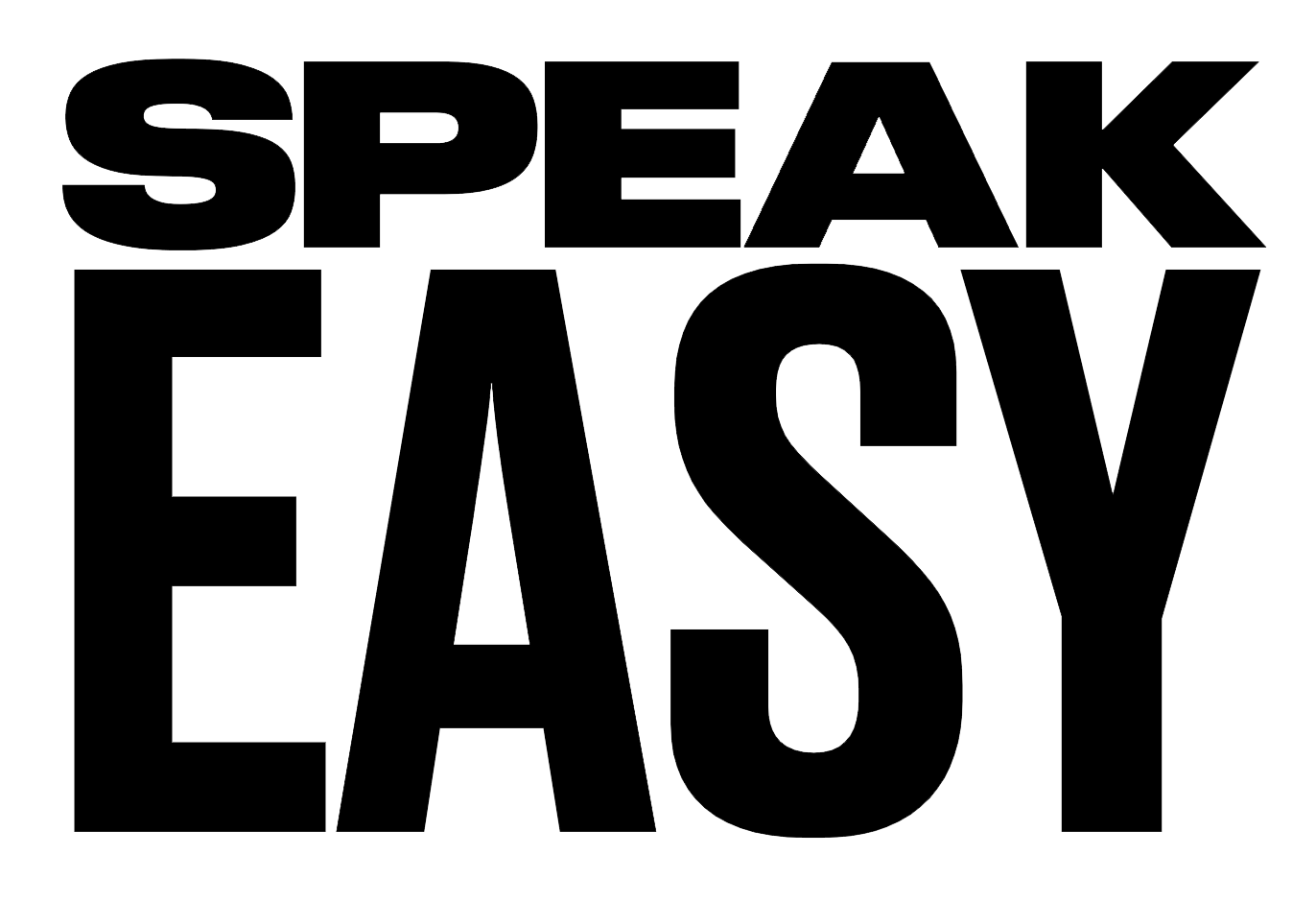Agile Methodology Glossary
Agile Methodology
Backlog Grooming / Backlog Refinement
Backlog grooming is when the product owner and some, or all, of the rest of the team refine the backlog on a regular basis to ensure the backlog contains the appropriate items, that they are prioritized, and that the items at the top of the backlog are ready for delivery.
Agile Methodology
Behavior Driven Development (BDD)
BDD is a practice where members of the team discuss the expected behavior of a system in order to build a shared understanding of expected functionality.
Agile Methodology
Burndown Chart
Burndown charts and burnup charts track the amount of output (in terms of hours, story points, or backlog items) a team has completed across an iteration or a project.
Agile Methodology
Business Agility
Business agility is the ability of an organization to sense changes internally or externally and respond accordingly in order to deliver value to its customers.
Agile Methodology
Collective Ownership
Collective code ownership is the explicit convention that every team member can make changes to any code file as necessary: either to complete a development task, to repair a defect, or to improve the code’s overall structure.
Agile Methodology
Continuous Deployment
Continuous deployment aims to reduce the time elapsed between writing a line of code and making that code available to users in production. To achieve continuous deployment, the team relies on infrastructure that automates and instruments the various steps leading up to deployment, so that after each integration successfully meeting these release criteria, the live […]
Agile Methodology
Continuous Integration
Continuous Integration is the practice of merging code changes into a shared repository several times a day in order to release a product version at any moment. This requires an integration procedure which is reproducible and automated.
Agile Methodology
CRC Cards
Class Responsibility Collaborator (CRC) Cards are an object oriented design technique teams can use to discuss what a class should know and do and what other classes it interacts with.
Agile Methodology
Customer Development
Customer development is a four-step framework that provides a way to use a scientific approach to validate assumptions about your product and business. (learn more)
Agile Methodology
Daily Meeting
The daily meeting is one of the most commonly practiced Agile techniques and presents opportunity for a team to get together on a regular basis to coordinate their activities.
Agile Methodology
Definition of Done
The definition of done is an agreed upon list of the activities deemed necessary to get a product increment, usually represented by a user story, to a done state by the end of a sprint.
Agile Methodology
Definition of Ready
Definition of Ready involves creating clear criteria that a user story must meet before being accepted into an upcoming iteration. This is typically based on the INVEST matrix.
Agile Methodology
Epic
An epic is a large user story.
Agile Methodology
Estimation
In software development, an “estimate” is the evaluation of the effort necessary to carry out a given development task; this is most often expressed in terms of duration.
Agile Methodology
Exploratory Testing
Exploratory testing is, more than strictly speaking a “practice,” a style or approach to testing software which is often contrasted to “scripted testing.”
Agile Methodology
Extreme Programming
Extreme Programming (XP) is an agile software development framework that aims to produce higher quality software, and higher quality of life for the development team. XP is the most specific of the agile frameworks regarding appropriate engineering practices for software development.
Agile Methodology
Facilitation
A facilitator is a person who chooses or is given the explicit role of conducting a meeting.
Agile Methodology
Frequent Releases
An Agile team frequently releases its product into the hands of end users, listening to feedback, whether critical or appreciative.
Agile Methodology
Given When Then
The Given-When-Then formula is a template intended to guide the writing of acceptance tests for a User Story: (Given) some context, (When) some action is carried out, (Then) a particular set of observable consequences should obtain.
Agile Methodology
Incremental Development
In an Agile context, Incremental Development is when each successive version of a product is usable, and each builds upon the previous version by adding user-visible functionality.
Agile Methodology
Information Radiators
“Information radiator” is the term for any of a number of visual displays which a team places in a highly visible location, so that all team members can see the latest information at a glance.

